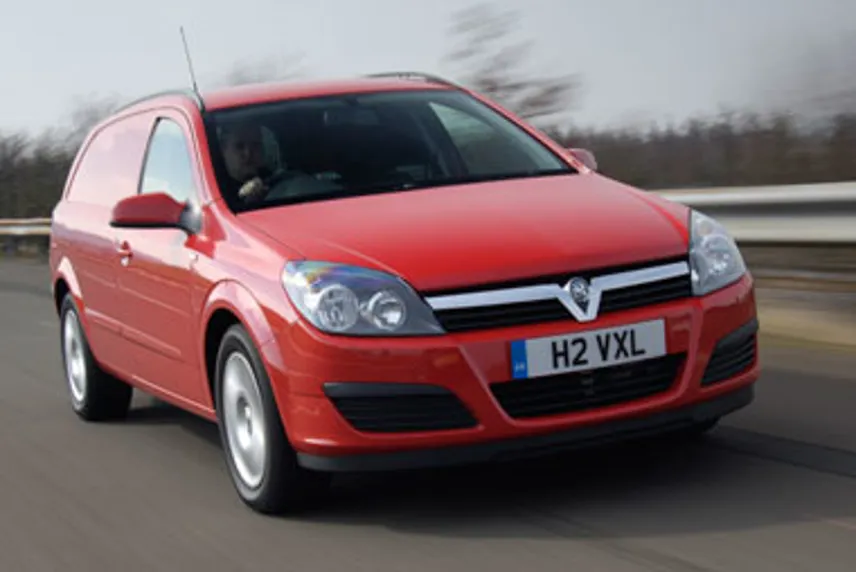Review
On the face of it, rock superstar Madonna and the Vauxhall Astravan don’t appear to have a lot in common.
But look closely and you’ll find several similarities.
For starters, both have enormous staying power in an ultra-competitive market.
Both have triumphed where others have failed and both have proved incredibly professional performers over the years.
And let’s face it, both are pretty damned good at what they do.
The Astravan first broke cover in 1982 and was then just one of a host of car-derived vans.
Over the years, while the Vauxhall has gone from strength to strength, all the others have fallen by the wayside and the Astravan is now the only car-based offering in its sector.
Two years ago, a new Astra car was launched, while the van version was still based on the old model and production moved from Ellesmere Port to the Katowice plant in Poland.
But now the van is back at its old home near Liverpool and appears in its fifth incarnation.
And what a stunner it is.
It may lack the payload and load volume of its pure van brethren, but the likes of the Ford Transit Connect, Citroën Berlingo and indeed even the Vauxhall Combo can’t hold a candle to the Astravan in terms of looks and road manners.
So why does Vauxhall alone still offer a car-derived van when the likes of the old Ford Escort van bit the dust some years ago?
Purely because the customers keep demanding it.
An amazing 49% of Astravan buyers are ‘loyal’ customers who have bought one before.
And with a following like that, Vauxhall bosses would be mad to kill this golden goose.
Everything is new about this latest contender. It has looks to kill for, especially when clad in bright red paintwork, and has been tweaked from the car version with the aim of being the ultimate driver’s van.
Every component from the Astra car has been assessed and redesigned where necessary for commercial vehicle duties – and that design has been done by engineers in England.
For example, the chassis and front axle have been adapted for different engines in the range and the steering set-up has been designed so that it alters the level of assistance depending on vehicle speed and rate of wheel turning.
In the cab, the seats have been completely remodelled with longer squabs and are different in Club and Sportive variants, the two spec levels offered in the range.
In the back, the new model has a longer wheelbase and a completely flat load floor, with an extra 58mm length and 9mm width over the old model.
Payloads have been increased by up to 45kg.
Under the bonnet, Astravan gets a choice of four Euro IV-compliant engines – 1.4 petrol offering 88bhp@5,600rpm and 92lb-ft of torque at 4,000rpm, 1.3 diesel with 88bhp@4,000rpm and 147lb-ft@1,750rpm, 1.7 diesel with 98bhp@4,000rpm and 177lb-ft@2,300rpm and a 1.9 diesel with 118bhp@3,500rpm and 206lb-ft @2,000rpm.
Gross vehicle weights range from 1,810kg to 1,990kg, payloads are 645-650kg and load volume is 1.58 cubic metres on all models.
Driver and passenger airbags are standard, along with ABS brakes, EBD and emergency brake assist, while side airbags are optional, along with various packs.
An unglazed solid rear tailgate is £100, traction control is £340, sat-nav costs £850 and air-conditioning is £555 (all prices ex-VAT).
Prices range from £9,995 to £14,570 (ex-VAT).
On the road
The new Vauxhall Astravan is purely and simply the best looking van on the roads today, bar none.
It’s also the best handling bar none too, which gives two good reasons for buying it over the Combo and suchlike.
There’s another reason too. Unlike the Combo et al, it will fit into the average garage, so valuable clobber can be locked away out of sight.
















